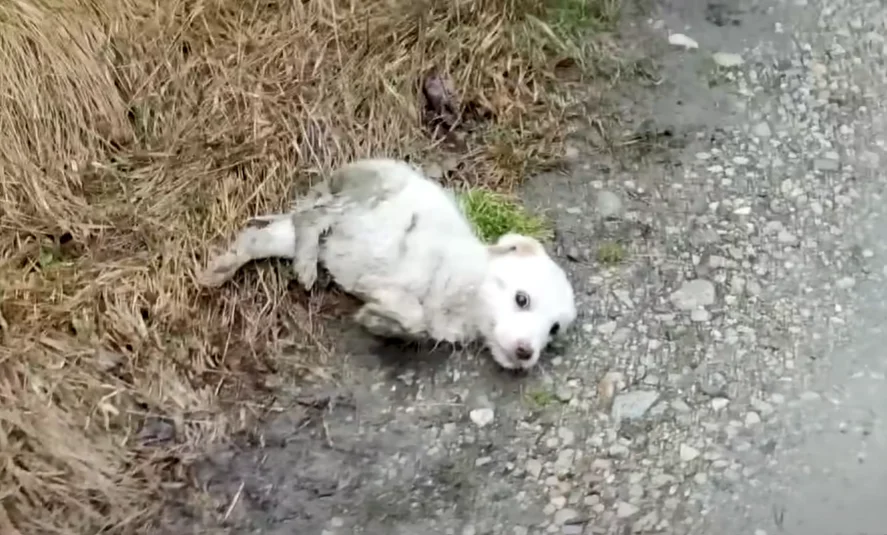Your dog might not always enjoy the things you do, and you might not even realize it. Dogs have different preferences and sensitivities compared to humans. Many dogs are uncomfortable with certain behaviors, such as being hugged, having their personal space invaded, or lacking a consistent routine. Even dogs that seem relaxed might have specific dislikes or stressors. They often tolerate these things out of affection or because they don’t want to challenge their human companions.
Of course, there are unavoidable situations like vet visits or grooming, and each dog is unique. What upsets one dog might not bother another. However, understanding and accommodating your dog’s preferences can help improve their well-being.
1 of 10
Hugging
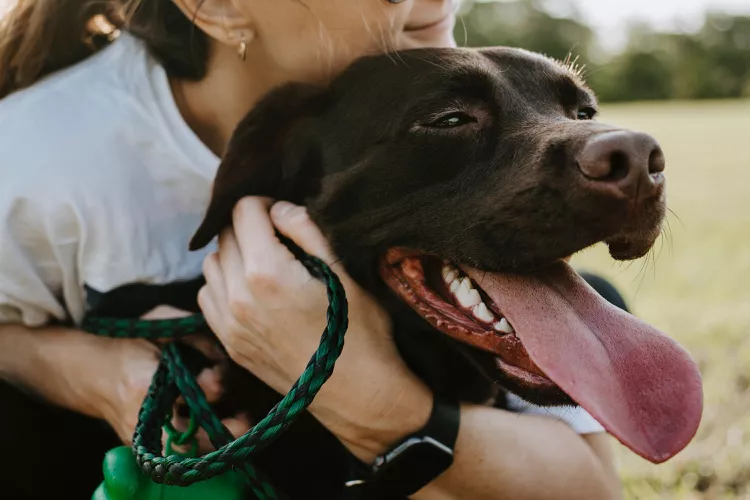
While photos of people hugging dogs may look endearing, many dogs find hugs uncomfortable, especially from strangers. Hugs can be perceived as a threat by dogs, as they restrict their movement. Most dogs tolerate gentle hugs from familiar people, but this doesn’t necessarily mean they enjoy them. It’s best to let your dog initiate contact and focus on petting them in areas they prefer, such as their back or chest. Watch for signs of discomfort like leaning away, avoiding eye contact, or showing other signs of stress.
2 of 10
Invading a Dog’s Personal Space
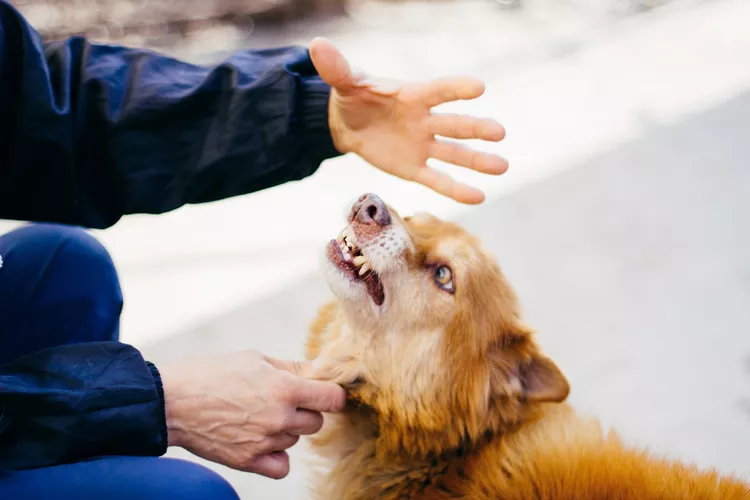
Just like hugging, getting too close to a dog’s face can be unsettling for them. Avoid leaning over or rushing toward dogs, especially if they are not familiar with you. If you need to handle your dog for grooming or medical care, do so gently and reward them with treats. If the dog shows signs of fear or discomfort, it’s best to stop and give them space.
3 of 10
Restricting Sniffing and Exploration During Walks

Dogs experience the world primarily through their sense of smell, and walks are a crucial opportunity for them to explore and gather information. Rushing your dog through a walk without allowing time for sniffing and exploring can be frustrating for them. Allowing your dog to stop and investigate their surroundings is important for their mental stimulation and satisfaction.
4 of 10
Lack of Routine and Structure
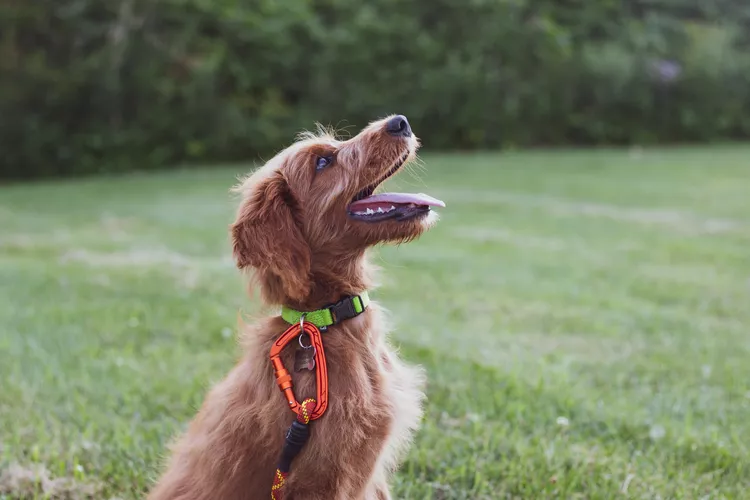
Dogs thrive on routine and clear rules. Without a structured environment, dogs may become stressed or confused. Consistent feeding times and regular exercise help establish a sense of security and predictability. A stable routine can positively impact your dog’s happiness and behavior.
5 of 10
Yelling and Harsh Punishment

Yelling or using harsh punishment is counterproductive and can harm the bond between you and your dog. Dogs may not understand specific words but can sense emotional tones. Positive reinforcement is a more effective method for training. Redirecting unwanted behavior and rewarding positive actions is generally more successful and strengthens your relationship with your dog.
6 of 10
Dressing Them Up

Many dogs are uncomfortable with being dressed up, especially if they haven’t been accustomed to it from a young age. While some dogs may tolerate clothing, it’s important to observe their reactions and avoid forcing them into outfits. If your dog needs protection from the cold, introduce clothing gradually and associate it with positive experiences.
7 of 10
Strong Fragrances

Dogs have a highly sensitive sense of smell, and strong fragrances or chemicals can be irritating to them. Avoid using strong-smelling products around your dog and refrain from applying anything directly to them. When necessary, use products in a well-ventilated area and ensure they are safe and non-toxic.
8 of 10
Being Left Alone or Ignored

Dogs are social animals and often prefer companionship. Being left alone for extended periods can lead to separation anxiety in some dogs. If you have to be away frequently, try to provide mental stimulation and physical exercise. Consider finding a reliable pet sitter or doggy daycare if necessary.
9 of 10
Forcing Them into Uncomfortable Situations
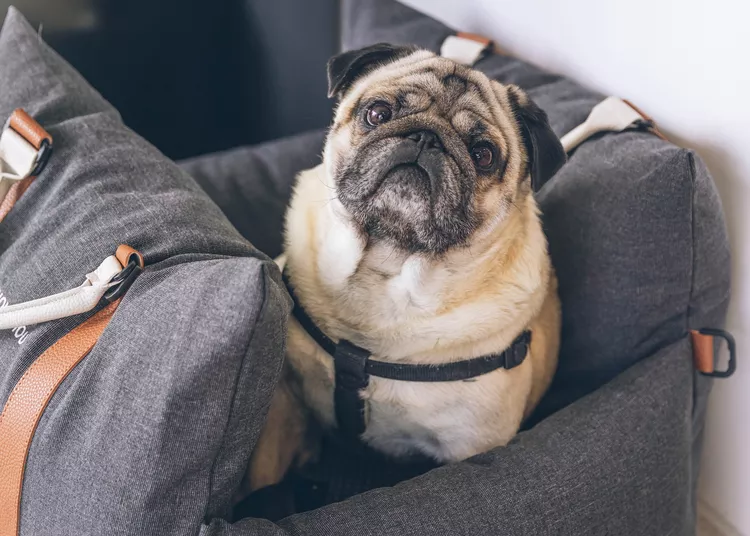
Forcing your dog into situations they find frightening or stressful can cause anxiety and behavioral issues. Instead of overwhelming your dog, use gradual exposure techniques and reward calm behavior. If a dog has a serious fear or phobia, seeking help from a professional trainer or behaviorist may be beneficial.
10 of 10
Being Upset
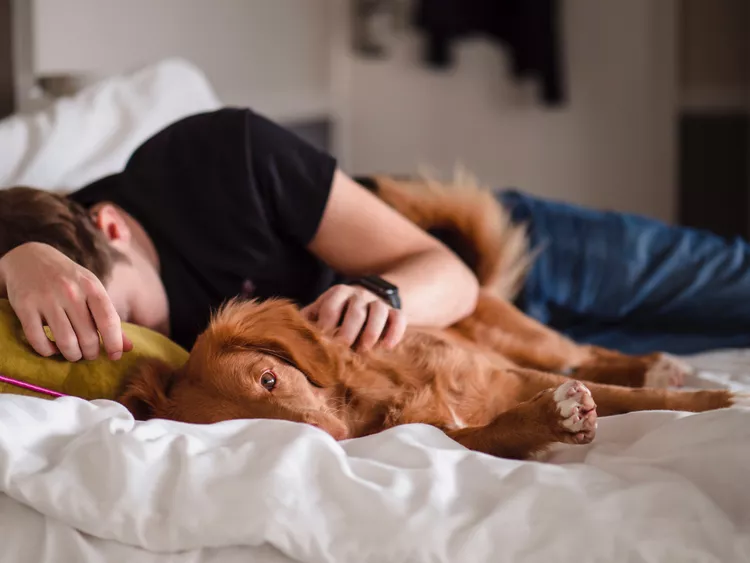
Dogs are sensitive to their owners’ emotions. If you are experiencing stress, sadness, or other strong feelings, your dog might pick up on this and react accordingly. Maintaining a stable routine and spending quality time with your dog can help mitigate the impact of your emotional state on them. Dogs often provide comfort and support, and engaging in activities like walks can be beneficial for both you and your dog.





